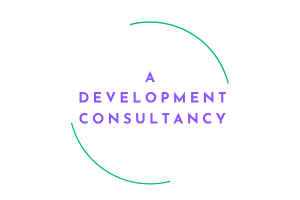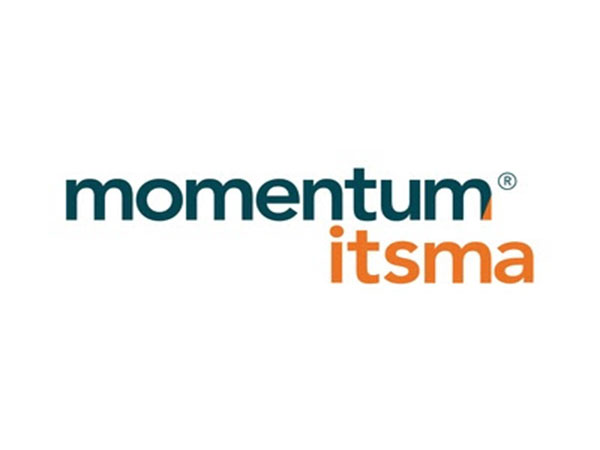Tell tale signs your organisation needs a cultural shift
 In today’s fast-paced business environment, organisational culture is a critical factor that influences success. Our clients often ask us to work with them as they undergo a cultural shift which they see as critical to stay competitive and relevant. There are many external drivers of organisational change, these include: growth opportunities, economic downturns, challenging trading conditions, technological developments and competitive pressures.
In today’s fast-paced business environment, organisational culture is a critical factor that influences success. Our clients often ask us to work with them as they undergo a cultural shift which they see as critical to stay competitive and relevant. There are many external drivers of organisational change, these include: growth opportunities, economic downturns, challenging trading conditions, technological developments and competitive pressures.
Embarking on shifting a company culture from current to future state can be daunting; key stakeholders will need to be assured about the need for this shift and the steps involved. In this blog we look at some of the more people-centric factors that indicate it might be time for your organisation to reassess and transform its culture.
Seven factors indicating the need for a cultural shift
Leading a cultural shift will take courage; employees will need assurances about the case for making the change as well as inspiration from managers and leaders. In his book ‘Unlock the hidden leader’, Gifford Thomas describes what great leaders can do to support people during change. “When someone feels inspired, they become confident, feel important, and they automatically see solutions instead of problems, and that feeling somehow spreads to others.”
Here we identify seven factors or tell tale signs that indicate the need for a cultural shift and offer a range of actions that can be taken.
-
High employee turnover
Factors: A consistently high turnover rate can be a red flag that employees are dissatisfied.
Explanation: High turnover often suggests deeper issues such as lack of engagement, poor management, or an unhealthy work environment. When employees feel undervalued or disconnected from the company’s mission and values, they are more likely to leave. Analysing exit interviews and/or feedback from employee engagement surveys can provide insights into the cultural changes needed.
Action:
- Draw out the common themes that arise from interviews, surveys or feedback. What is this telling you? What are the priorities?
- Set up focus groups that are representative of all levels of stakeholders to discuss the outputs and obtain any additional feedback.
- Use these outputs to develop a strategy to improve employee engagement and satisfaction. This could include better communication, introduction of competency frameworks, career development opportunities as well as recognising and rewarding contributions.
-
Low employee morale and engagement
Factors: Low levels of enthusiasm, lack of motivation and reduced productivity among employees. Higher than average number of sick days
Explanation: When morale is low, employees become disengaged, resulting in lower productivity and creativity. This can stem from several factors such as lack of alignment with the company’s values, not feeling psychologically safe, a lack of perceived opportunities for career growth or a feeling that their contributions are not valued.
Action:
- Foster a positive work environment by ensuring that employees feel their work has a meaningful impact.
- Encourage open communication by giving staff the opportunities to contribute to departmental or organisational projects – allow them to offer up their ideas and/or speak up about issues safely.
- Give regular, balanced feedback which highlights areas of improvement AND what you find helpful about their contributions.
- Offer a consistent approach to professional development. Create or refresh a competency framework which sets out clearly what is expected of staff at different levels.
- Offer social activities that encourage collaboration across teams, supporting inclusion in events for charity.
- Create or refresh a diversity, equity and inclusion policy; people need to feel they can be themselves at work.
-
Resistance to change
Factors: Pushback, fear or reluctance when new initiatives or changes are introduced.
Explanation: Resistance to change can signal that the existing culture is too rigid, preventing employees from voicing their concerns or sharing their ideas. This in turn could mean that employees might be confused and mistrustful of the company’s leadership and vision. It could also be the result of change fatigue where changes in the past have not provided employees with the expected outcomes.
Action:
- Engage and inspire employees in the change process by involving them in decision-making, clearly communicating the reasons for changes and providing coaching throughout transitions.
- Encourage staff to be a ‘change champion’ and play a critical role to progress elements of a change programme.
- Run a thorough programme of learning for leaders, change champions and other key stakeholders that clarifies roles, responsibilities and builds skills for inspiring, driving and embedding change.
-
Lack of innovation
Factors: The organisation struggles to predict and adapt to market changes and rarely introduces new ideas, products or services.
Explanation: A stagnant culture can stifle creativity and innovation. Does the culture encourage risk-taking, challenges to its status-quo and out-of-the-box thinking? If not, the organisation may fall behind competitors.
Action:
- Foster a culture that celebrates innovation and experimentation; reward creative ideas, create a safe environment for people to share ideas and suggestions for improvement.
- Encourage a growth mindset where people feel safe to push the boundaries and are encouraged to learn from mistakes.
- International organisations can encourage country or regional leaders to share insights; finding out what works well in another area of the business that can be applied in another region.
-
Poor client satisfaction
Factors: Declining client satisfaction scores, increasing number of complaints and negative feedback.
Explanation: An organisation’s culture directly impacts how employees interact with customers. If employees are unhappy or disengaged, it can reflect in their customer service leading to poor customer experiences.
Action:
- Align organisational culture with customer-centric values.
- Be sure to role model the importance of customer satisfaction.
- Coach and empower staff to make decisions that are in the interests of customer satisfaction.
-
Inconsistent values and behaviour
Factors: A disconnect between the organisation’s stated values and the behaviour of its leaders and employees.
Explanation: When there is a gap between what the organisation claims to stand for and the actions of its members, it can lead to confusion, mistrust and a lack of direction.
Action:
- Ensure that leaders model the values and behaviours expected throughout the organisation and behaves congruently.
- Consider using values-based competencies from hiring through to performance management. Checking that actions or policies are congruent with the organisation’s values.
-
Declining financial performance
Factors: Continuous or unexplained declines in financial metrics such as revenue, profit margins or market share.
Explanation: Financial performance can reflect the overall health of the organisation, including its culture. A toxic or misaligned culture that discourages functional collaboration can lead to inefficiencies, poor decision-making and, ultimately, financial losses.
Action:
- Conduct a thorough analysis to identify cultural issues impacting performance. This could be via an employee survey, focus groups, 360 feedback, customer feedback or a combination of these methods.
- Analyse themes and prioritise implementation of strategic cultural initiatives to address issues and realign the organisation’s culture with its business goals.
Does your organisation need to consider a cultural shift?
Have you noticed any of these factors in your organisation? Is it time to start paying attention to the tell tale signs that are telling you to reassess the culture? Start that conversation about how to foster a thriving organisational culture where you work.
If your organisation needs some assistance and advice feel free to contact us and one of our consultants would be happy to have a chat.




